Meet The Birds of the “Twelve Days of Christmas”
Partridges, geese, hens, and more... Here is a closer look at the many wild birds given as gifts in the popular Christmas carol.
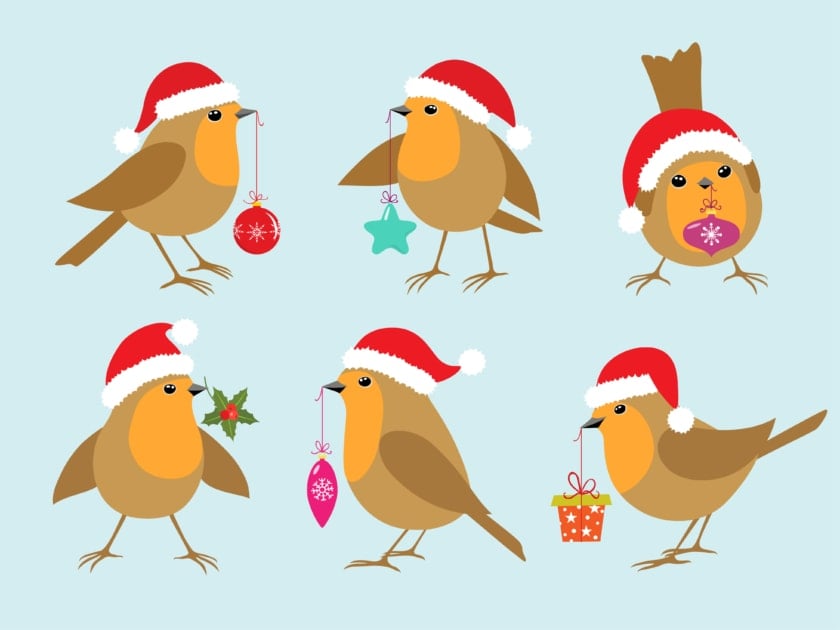
There are various versions of the beloved Christmas carol, “The Twelve Days of Christmas,” but they all share a common theme – the inclusion of numerous different types of birds. From the partridge in a pear tree to turtle doves, French hens, swans, geese, and more, the carol mentions a diverse array of birds. However, have you ever wondered why this Christmas carol specifically emphasizes birds as gifts, and which actual wild birds served as the inspiration?
About the “Twelve Days of Christmas”
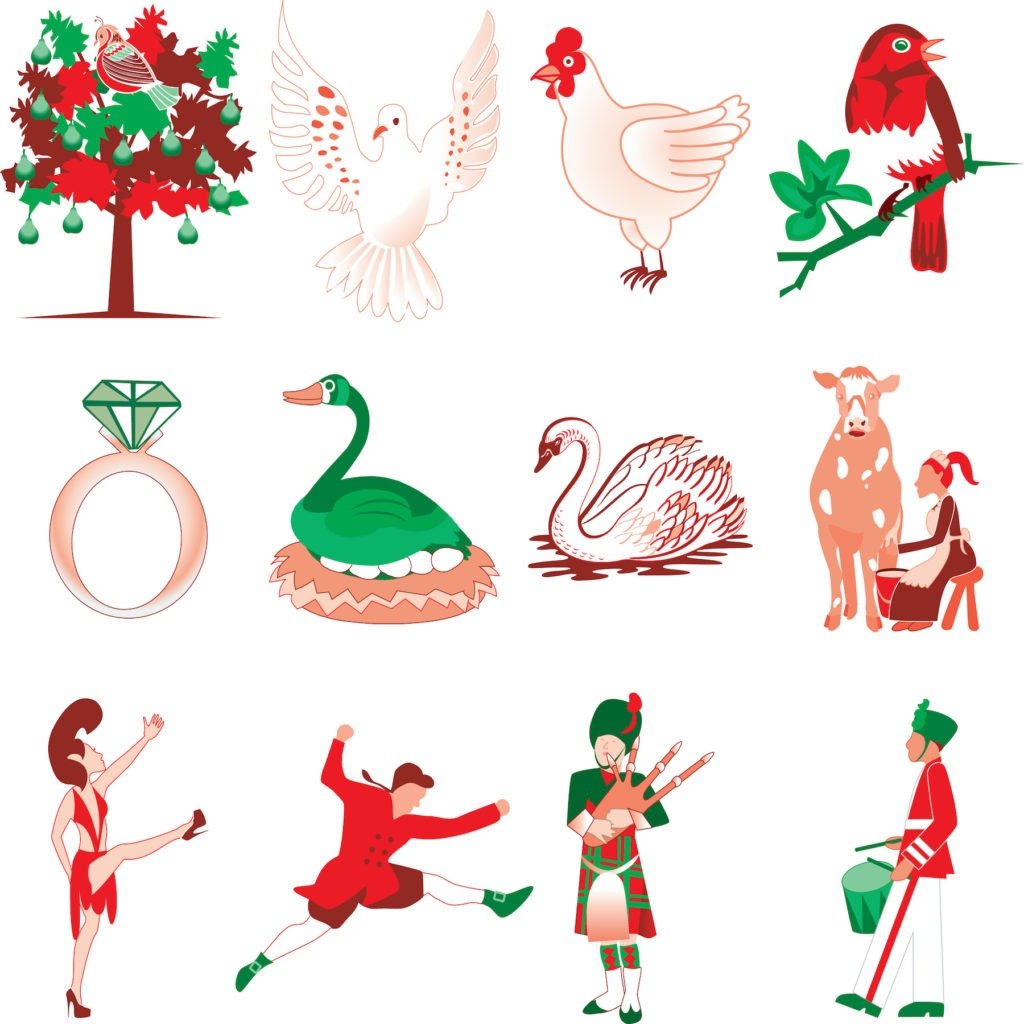
“The Twelve Days of Christmas” was first published in England in 1780, though it was likely spoken or chanted as a lyrical poem much earlier. While the actual origins of the song have long since been lost in festive lore, it is likely to have had French or Scottish inspiration. The musical score was added to the song in 1909. Over the decades different cultures have made slight variations to the lyrics and tempo of the song we know today.
The Purpose of the Gifts
Ultimately “The Twelve Days of Christmas” is about romance, and the gifts “my true love gave to me” throughout the holiday season, one present for every day leading up to Twelfth Night. To emphasize love and caring, the gifts are typically oriented around food and bounty to provide a luxurious lifestyle.
Later in the song’s lyrics, the gifts extend into entertainment, keeping in tune with the festive nature of the season.
All the Birds in the Song
A Partridge (In A Pear Tree)
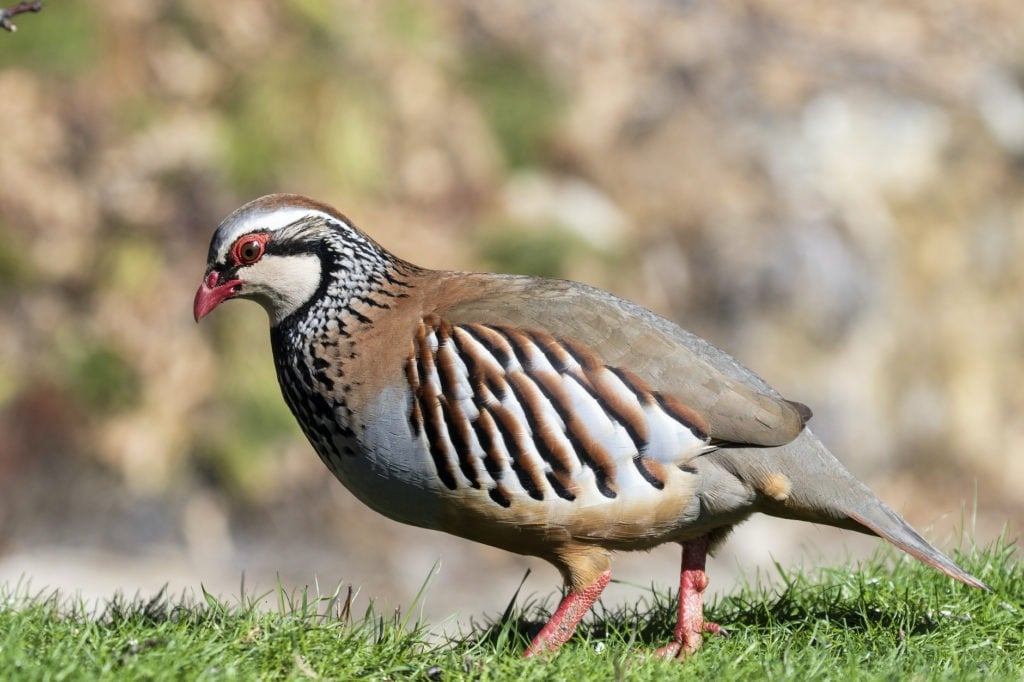
The most recognizable line of the carol is the first gift, which is the “partridge in a pear tree.” There are 45 species of partridges worldwide, and there are also many quail, ptarmigan, and pheasants that could be considered partridges. The bird that most likely inspired the first lyric of the song is the red-legged partridge (Alectoris rufa). This bird is native to western Europe and can be found in the region throughout the year, including during the holiday season.
The accompanying pear tree is another gift of food. While many partridges perch and roost in trees, they typically do not eat the fruit as they primarily consume grain and seeds. Pears, on the other hand, are commonly harvested in the fall and can be stored well into winter if done properly.
Together, the bird and the tree are truly generous gifts.
Two Turtle Doves
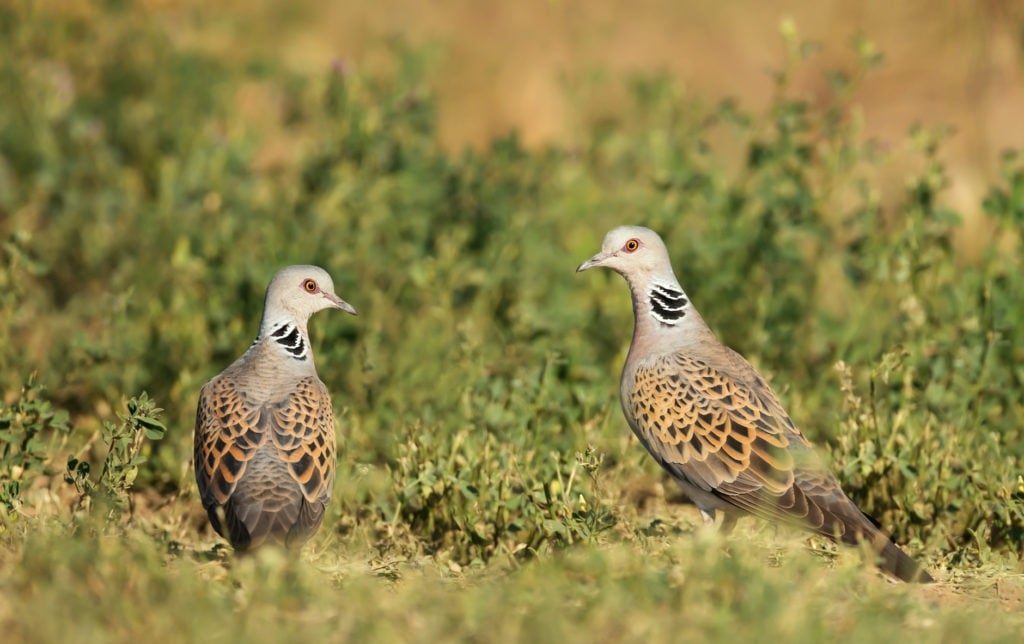
Two turtle doves are given as the second day’s holiday gift. The common name “dove” can refer to over 350 species of pigeons and doves in the Columbidae family. However, it is widely believed that the song refers specifically to the European Turtle-Dove (Streptopelia turtur).
At the time when the song was written, European Turtle-Doves were abundant and prevalent in western Europe. Currently, their population is declining, and they are classified as vulnerable. Despite this, giving a pair of doves as a gift is a wise choice because they can breed throughout the year if there is enough food. A breeding pair of doves can be a considerate gift for many meals to come.
Three French Hens
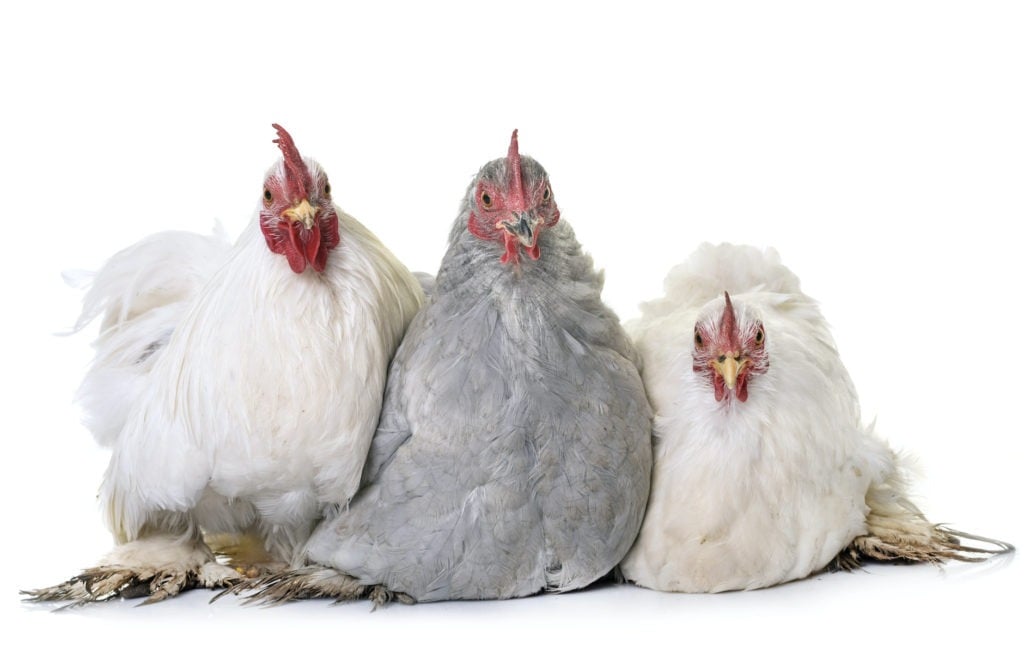
The term “hens” generally refers to female domestic poultry. The fact that these particular hens are French could be a nod to the possible French inspiration of the twelve days of Chrstmas song. There are approximately 40 chicken breeds that originated in France and could have been easily imported to England. Unfortunately, the song does not provide any further clues to narrow down the exact breed of these gifted hens.
Any domestic chicken can be a generous gift, especially a trio of productive hens. Depending on the species, these three birds could lay up to 900 eggs per year! While it may not be possible to consume all of the eggs, they could also be sold or allowed to hatch, resulting in young chickens that could be used for meat or for further egg production.
Four Calling Birds
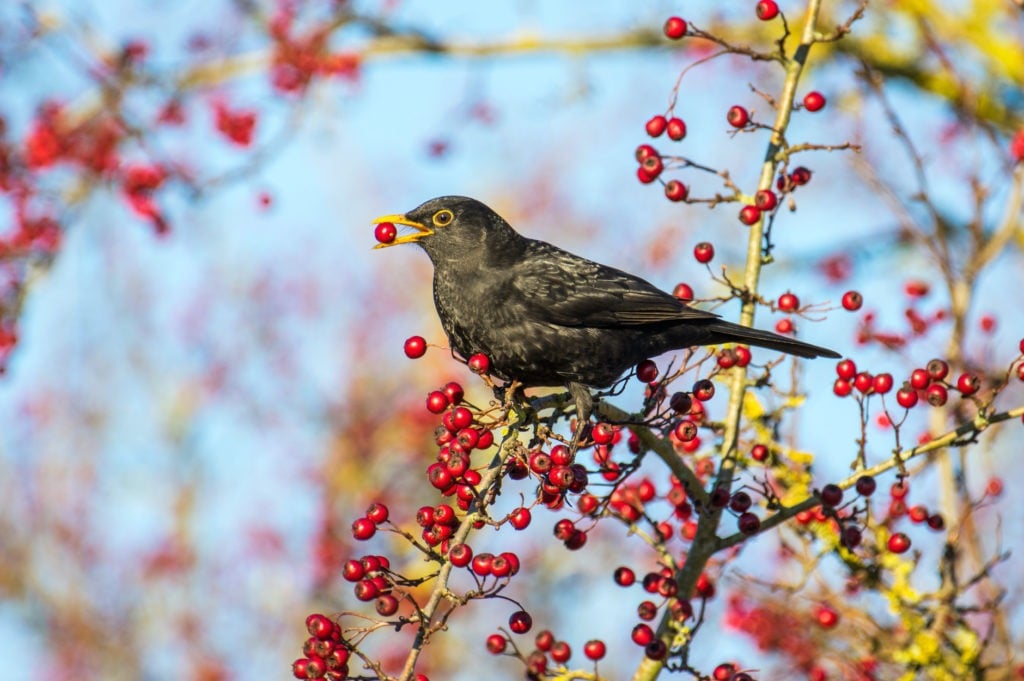
The fourth day of Christmas still relates directly to birds with “four calling birds.” Some lyrics, however, use an older term, “colly” birds. While “calling” can refer to a variety of songbirds, “colly” is an Old English word for black or coal. Fortunately, both “calling” and “colly” can refer to the same bird—the Eurasian blackbird (Turdus merula). A black thrush with a lovely voice (take a listen here), this bird perfectly suits the song and is a melodious gift to share.
Six Geese A-Laying
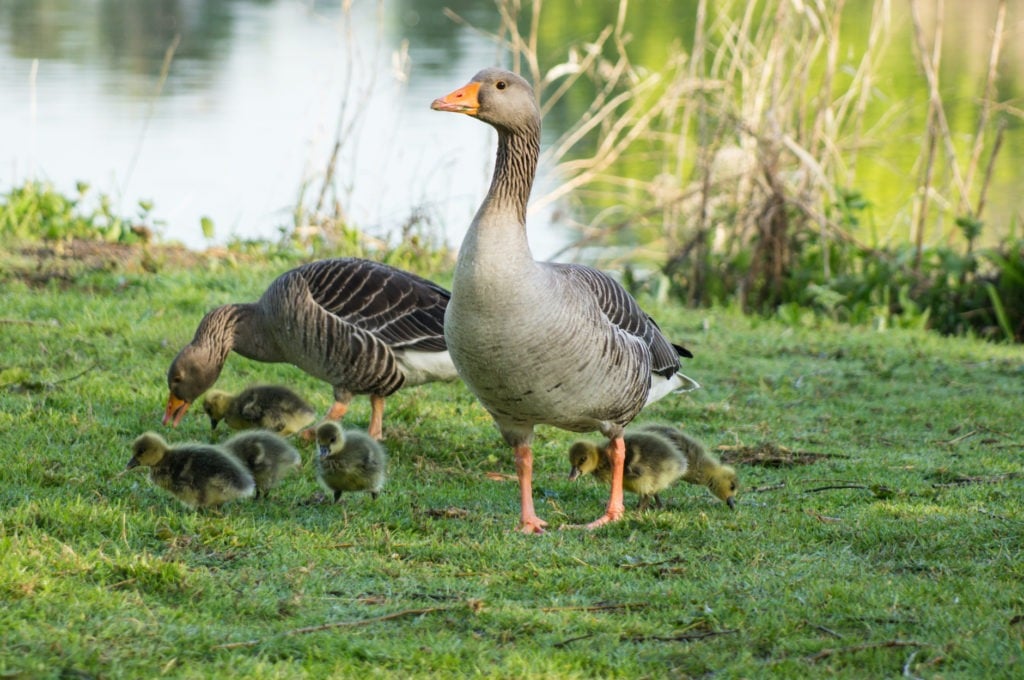
The gift of “six geese a-laying” represents another animal-related food gift. While there are 30 species of wild geese in the world, the most likely bird to be associated with this gift is the graylag goose (Anser anser). In addition to wild geese, there are also over 125 breeds of domestic geese that have been selectively bred for their egg-laying abilities. Although domestic geese are not as prolific as three French hens, each one can still lay up to 20 eggs per year. It is worth noting that this gift could also refer to the meat of the geese, or even the feathers of the resulting flock. Goose down, in particular, is highly valued for its insulation properties, making it an ideal choice for winter wear. Therefore, the gift of “six geese a-laying” is quite fitting for the coldest season of the year..
Seven Swans A-Swimming
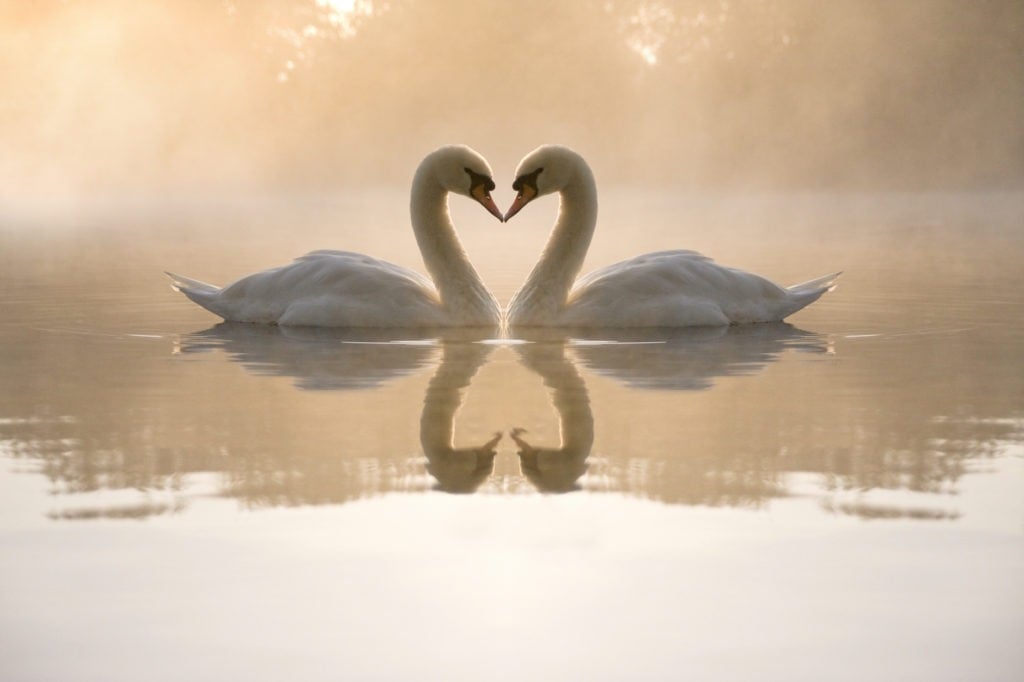
Seven is an interesting choice for this gift, as there are seven species of wild swans in the world. The most likely candidate is the mute swan (Cygnus olor) which is widespread in the region of the song’s origin and is a year-round resident, even in winter. Because these birds aren’t specifically noted as laying, this is most likely a gift of luxury, as swans are a symbol of romance and elegance.
While no other lyrical lines in the carol directly mention birds, there are ways to connect other lyrics in a bird-themed way. Five golden rings? Consider bird banding – also called bird ringing – or golden birds like the golden eagle (Aquila chrysaetos), golden-crowned kinglet (Regulus satrapa), or even the ring-necked duck (Aythya collaris).
Could “11 Pipers Piping” Be About Birds?
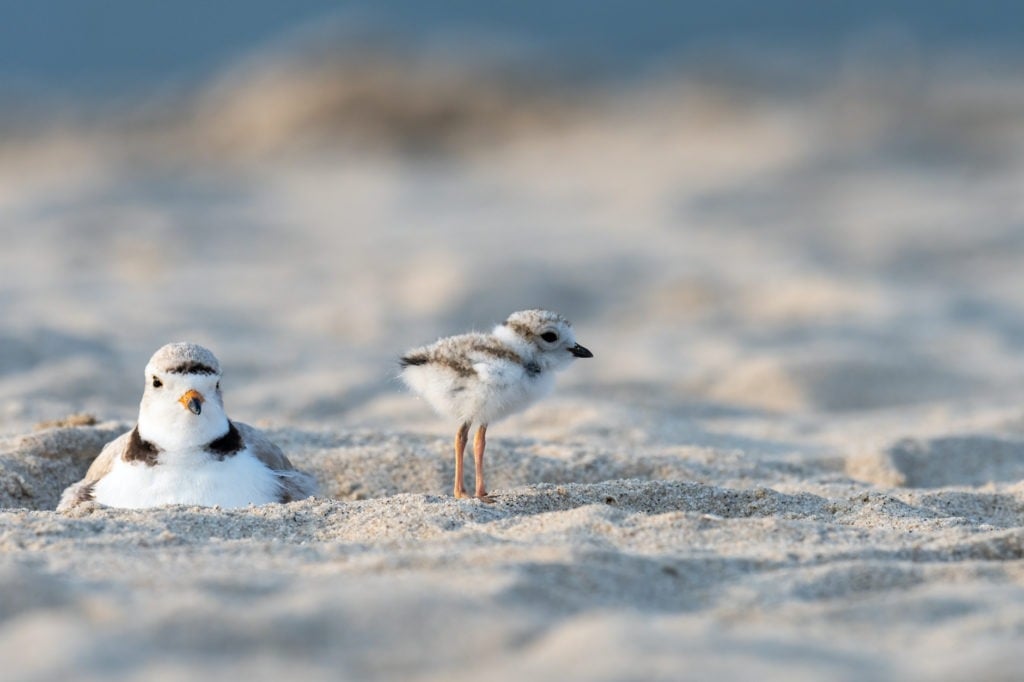
Quite possibly, every birder who hears the lyrics “eleven pipers piping” could easily assume that the song is referring to the shorebirds, pipers, and peeps. There are more than 25 sandpiper species in the world, and they can often be found on sandy shores even in winter. Another contender could be the piping plover (Charadrius melodus), particularly since this bird is considered endangered.
The more you know about the birds featured in “The Twelve Days of Christmas,” the better you’ll be able to appreciate the richness and symbolism of the carol, as well as the significant role that birds play in our lives.
Related
See Which 5 Songs Made Our Worst Christmas Song List
Got this song or another stuck in your head? Here’s how to get them out.

Melissa Mayntz
Melissa Mayntz is a writer who specializes in birds and birding, though her work spans a wide range—from folklore to healthy living. Her first book, Migration: Exploring the Remarkable Journeys of Birds was published in 2020. Mayntz also writes for National Wildlife Magazine and The Spruce. Find her at MelissaMayntz.com.


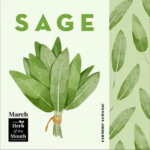

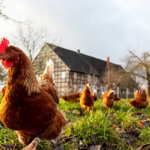
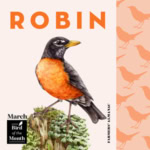
Every Day is a Reference to another Bird.
EVERY DAY.
Drummers Drumming were not Drummers beating on a Drum, but Birds making mating noises, specific breeds.
And could the 5 golden rings refer to the gold rings around pheasants’ necks? That’s what I heard recently, but can’t verify it.
Actually, in England it was very popular among the upper classes to eat swans, skinning them carefully to keep the whole “hide” intact then covering the roasted bird with its skin to make it look alive at the table. They did the same with peacocks as well. It was a huge status symbol that not only could you serve such a beautiful bird, but you also had kitchen staff that was so skilled they could make such a theatrical presentation. So swans plural would have been a kingly gift for the table!
Thank you, Kristina, for adding some substantive historical accuracy .
Reminds me of the song that the swan sings as it’s being eaten in Orff’s “Carmina Burana.”
Why someone would eat a beautiful swan an a beautiful peacock ? ? them bird’s are too beautiful to eat I couldn’t see my self ever doing that to some beautiful bird’s I just couldn’t!!!!!!!!!!!!
When this was written, it was ok to eat birds. Why isn’t this still ok? PEOPLE EAT BIRDS for sustenance. Everything we eat is “pretty”, especially plants, because God made it so.